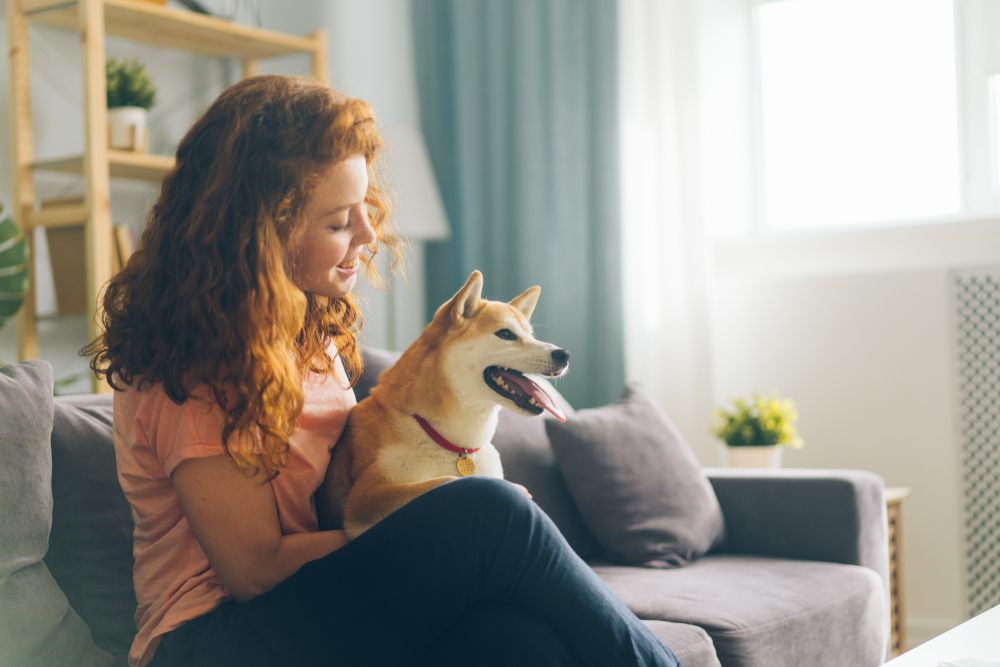

If your pet has a health condition that requires surgery, you are probably wondering how to help. Just like with humans, surgery is a stressful time for pets. As a pet parent, you must assume responsibility for your pet’s post-surgery care.
You will receive specific instructions on how to take care of your pet after the surgical procedure. Taking good care of your pet will help ensure that your pooch gets back to its normal, active life. Following are ways to take care of your pet after surgery.
Feeding Your Pet
General anesthesia can cause your dog to lose its appetite. It may be queasy for some time after the surgery. When you start feeding your pet, offer the dog light meals that are easy to digest. A meal of rice and chicken can be easier to digest than most store-bought dog meals.
Feed your pet a nutritious diet containing ingredients that they need for optimal health. Your pet should be able to regain its appetite within 24 hours after the procedure. If your pet is not able to eat 48 hours after the surgery, contact your vet.
Managing Pain
After the surgery, the vet will prescribe medication to deal with pain. Make sure you use the medication as instructed to avoid side effects. The vet will explain how and when to administer the doses.
Following the instructions carefully will help prevent unnecessary pain as the pet recovers. Pain medication helps relieve pain, while antibiotics help prevent infections. In some cases, a vet may prescribe anti-anxiety medication or a sedative to keep the pet calm.
Ensuring Comfort
Keep your pet comfortable during the recovery period. Make sure you keep your pet in a quiet place away from other pets or children. You may need to provide a bigger bed for the animal to stretch out without applying pressure on the sensitive area. Make sure that the animal rests without pulling on the incision site. Enhancing comfort and ensuring adequate rest will help speed up the recovery process.
Restricting Movement
It is vital to restrict your pet’s movement during the recovery period. The vet will likely recommend that you limit your pet’s activities for some time after the operation. Simple activities or movements like jumping or stretching can affect the healing process.
It can cause incisions to open or cause further injury. Some procedures may require strict confinement or “crate-rest,” but fortunately this is rare, and it applies after orthopedic surgery.
The Incision Site
Caring for the incision site will often require the use of a cone collar. A plastic cone around the neck prevents the dog from scratching, biting, or chewing on the incision site. The collar keeps the dog from reaching the wound.
There are several types of cones available, and you can find one that your pet will find comfortable. Another option would be to use medical pet shirts or post-surgery jumpsuits.
Your pet may have stitches that will need removal sometime after the surgery. Always change your pet’s bandages regularly and keep them dry. Keep the follow-up appointment and try as much as possible to reassure your pet.
For more on caring for your pet after surgery, visit The Animal Hospital at our office in Slingerlands, New York. You can call (518) 456-0852 today to schedule an appointment.








